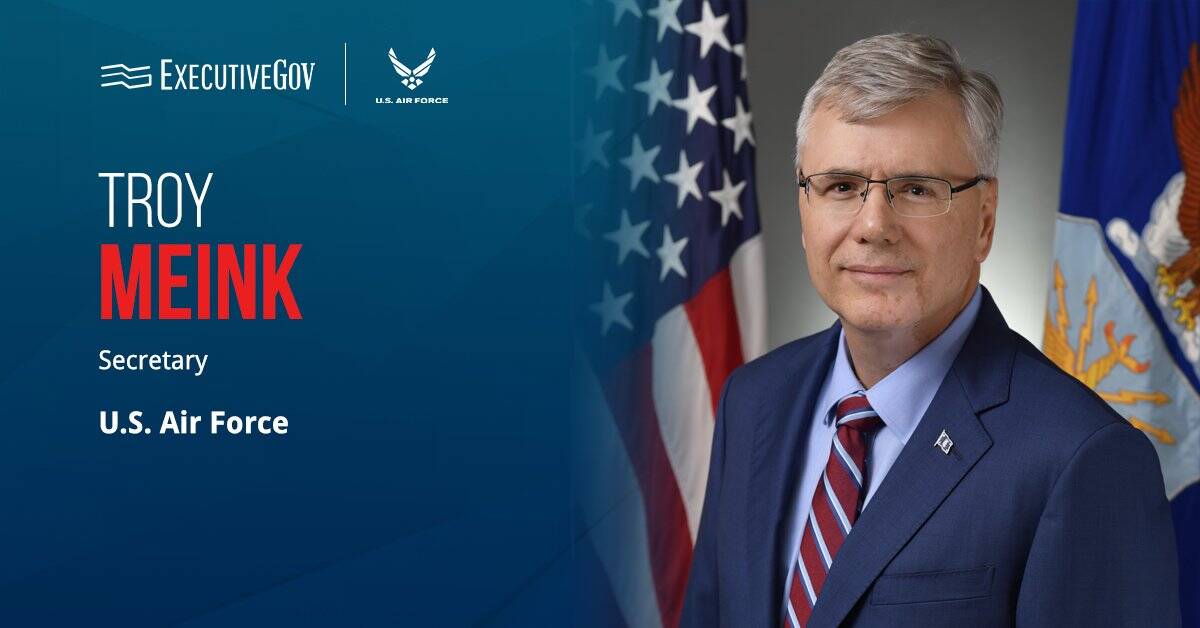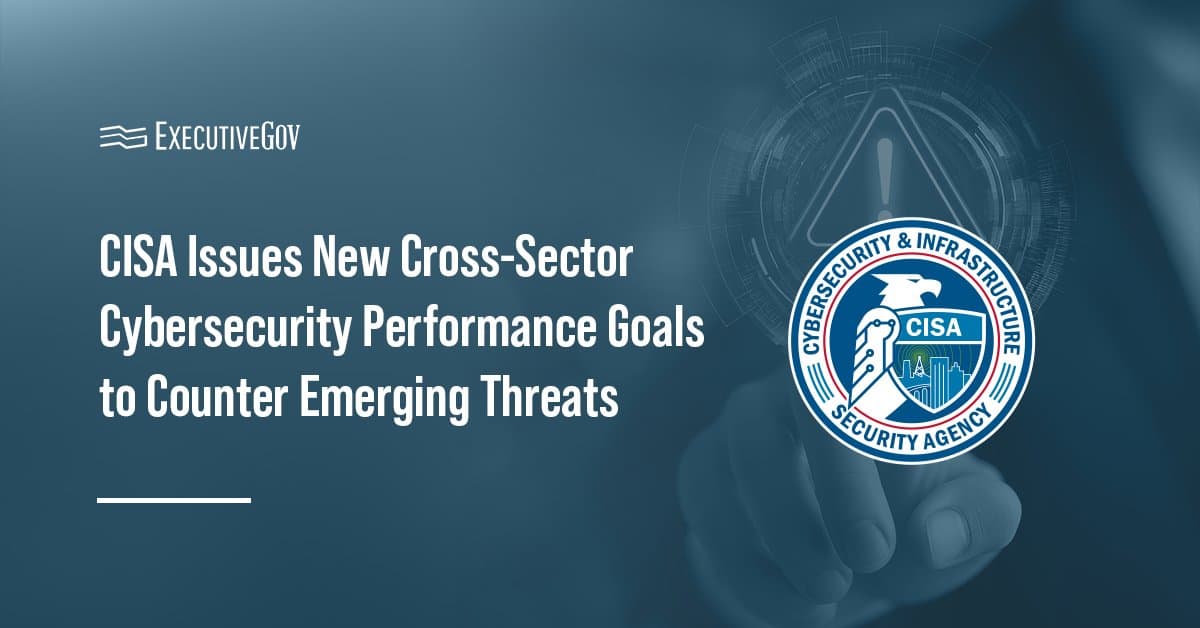
The Government Accountability Office has assessed the Customs and Border Protection’s efforts to plan personnel, fencing and technology programs in support of the larger border security mission. GAO said Tuesday that it found CBP’s 2018 Border Security Improvement Plan didn’t contain all information required under the Department of Homeland Security Appropriations Act.
The border protection agency did not include the complete cost and life cycle information for efforts through fiscal 2027. The plan is also missing feature reviews on infrastructure deployment effects across communities and ways for the projects to support high priority border security missions. The accountability office recommends the secretary of homeland security to make sure the fiscal year 2019 plan contains required details and, if necessary, explain why absent elements are not included.





